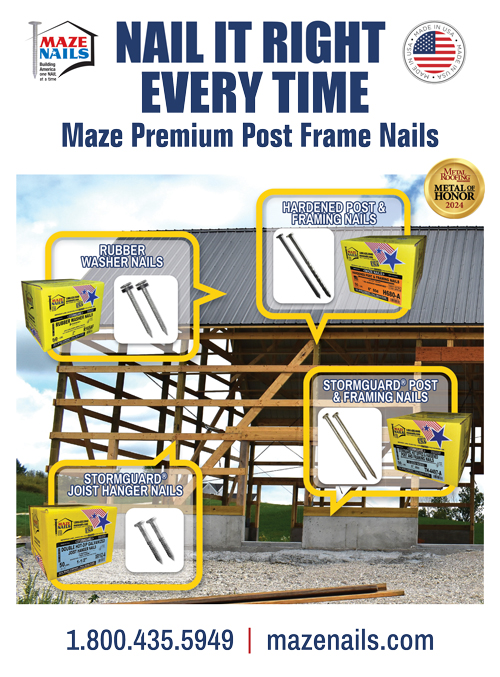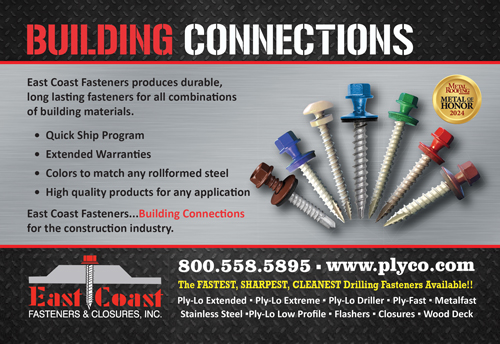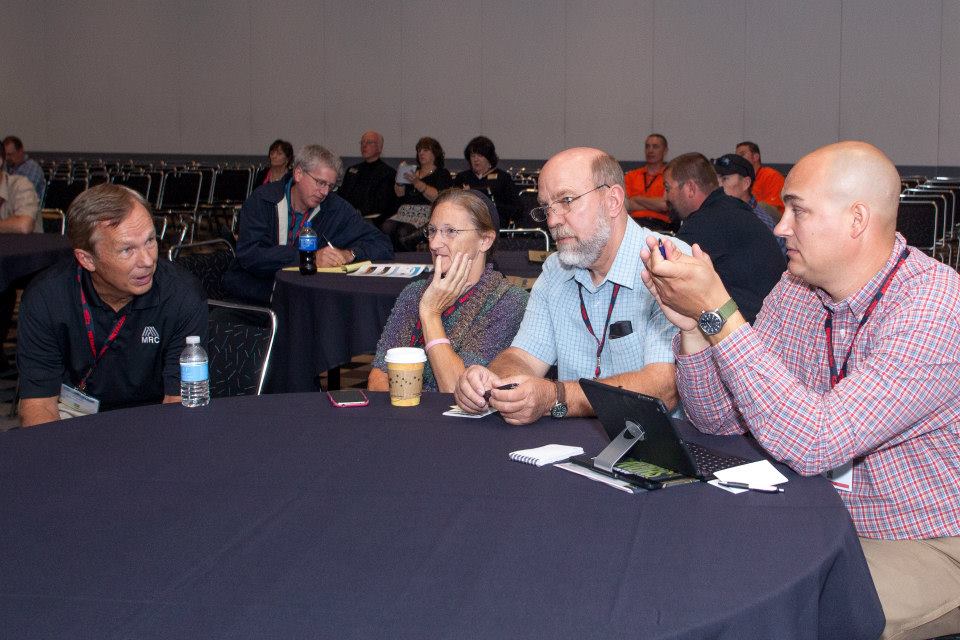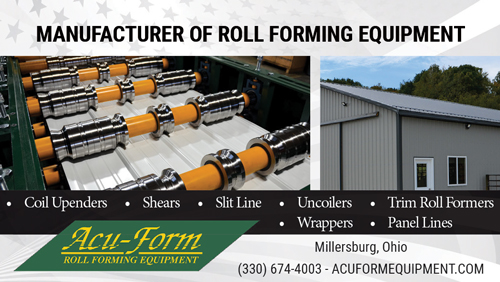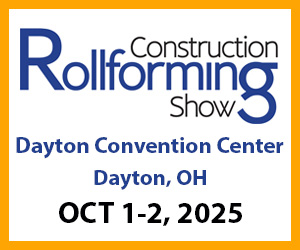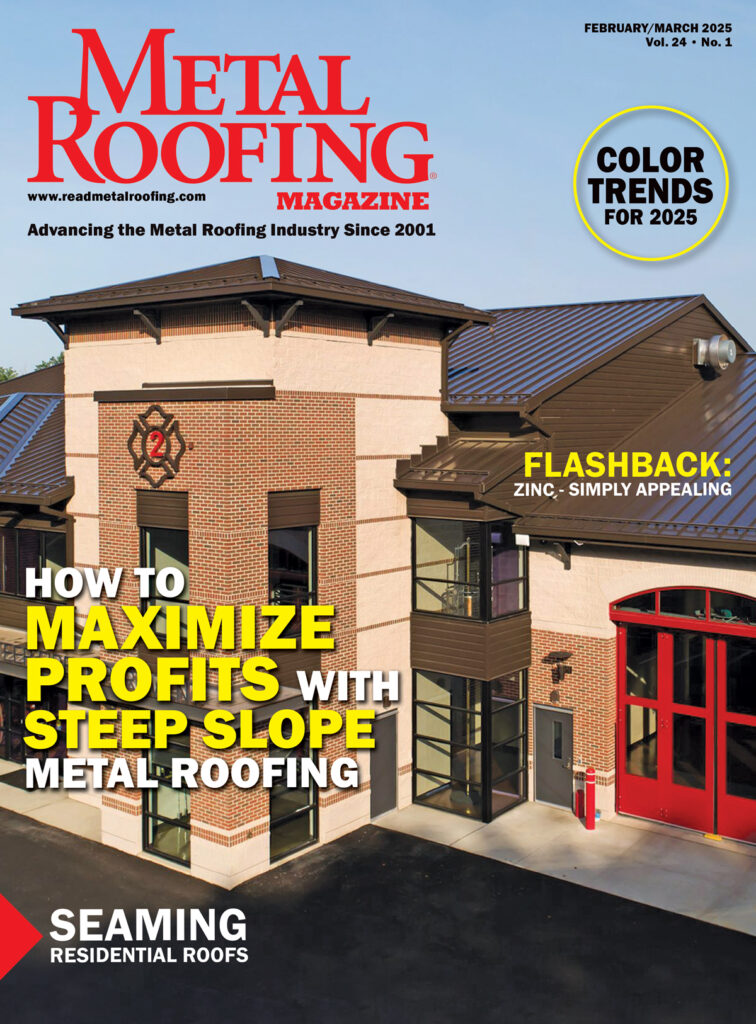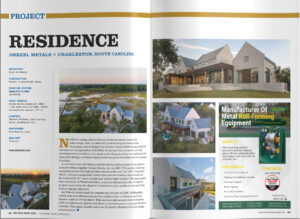Hiring and Retaining Employees Starts with Attracting the Right Candidates
Hiring and retaining good construction employees, and finding skilled, reliable workers is an important focus point, but also a real challenge for employers. Turnover rates remain high, job seekers have increased expectations, labor shortages persist, and the employers feel the pressure to meet project deadlines with a weakened workforce.
Organizational development veteran Dr. Larry Kokkelenberg has more than 40 years of experience coordinating workforce efforts with employers. He trained more than 200,000 leaders, authored two books, and has witnessed firsthand the costly consequences of hiring mistakes. During the CONEXPO-CON/AGG trade show in 2023, he shared valuable insights and strategies to attract top talent and build a resilient workforce. Those insights are available in a free downloadable e-book from CONEXPO-CON/AGG [https://www.conexpoconagg.com/.
The Cost of the Wrong Hire
Recruiting the wrong person for a skilled construction role can bring long-term challenges, including high turnover, increased training costs, and project delays. According to Dr. Kokkelenberg, effective hiring starts with identifying the traits and habits of successful employees to create a framework for interviewing and selecting ideal candidates.
This backward approach to recruitment, outlined in the free online e-book, Hiring and Retaining Good Employees, helps companies attract individuals with the right technical skills, safety competencies, and a mindset for teamwork. When companies hire the right people, they not only reduce turnover, but also foster programs where existing employees recommend candidates from their networks.
“When employees communicate to their friends and family about good pay, great management and growth opportunities, they help develop referral programs,” said Dr. Kokkelenberg. “This method of getting the word out to local candidates is particularly useful and fills open employment opportunities with quality candidates.”
Leveraging Outreach and Training
Dr. Kokkelenberg stressed the importance of proactive outreach to find qualified talent. Initiatives such as summer internships, partnerships with community colleges, soliciting the Department of Labor, and working with the Department of Defense SkillBridge Program for transitioning service members, helps employers build pipelines of skilled workers. Digital platforms, local job fairs and community partnerships also play a role.
However, the construction industry saw extraordinary labor shortages throughout 2024. According to the U.S. Bureau of Labor Statistics, in September 2024 the unemployment rate was 3.7%, and the construction industry had 288 thousand open positions.
In a recent Workforce Survey Analysis by the Associated General Contractors of America (AGC), 94% of respondents reported having openings for skilled labor positions in the construction industry, a 9% increase from 2023.
“It’s hard to get the exact experience you want today,” Dr. Kokkelenberg said. “More organizations will need to invest in training, once they hire the right person.”
Further, the AGC survey noted that 42% of respondents increased spending on training and development. While 61% reported increased pay rates for hourly skilled labor, just within the last year. These workforce strategies developed while 62% reported that available labor is simply not qualified to fill skilled roles in the competitive construction industry.
Employee Retention and Employer Accountability
Once the right people are hired, retention becomes a shared responsibility. Dr. Kokkelenberg argued that salaries, work-life balance, job security and leadership opportunities are critical to keeping employees engaged.
“If employees see no growth opportunities or feel undervalued, they’ll look elsewhere,” he said.
Retention also requires investment in training that goes beyond basic requirements. Employees who feel valued and see that their employer is invested in their development are more likely to stay.
“Training should show employees they are part of the company’s future,” Dr. Kokkelenberg added. “It’s not just about compliance; it’s about demonstrating their worth.”
Continuous Recruitment: A Strategy for Stability
Even with positions filled, Dr. Kokkelenberg advised companies to maintain an ongoing recruitment strategy to prepare for unexpected turnover.
“You are hiring and looking for good people all year long,” he said. “Even when all your crews are together, you’re still looking for good people.”
Employers must also address internal factors, such as pay scales, work environments, and opportunities for advancement, to minimize turnover and build a stable workforce.
The construction industry’s labor shortages remain a pressing issue, but the right strategies can make all the difference. From effective interviewing practices to strong onboarding programs, employers can create a workforce that not only meets today’s demands but drives long-term success. MR



